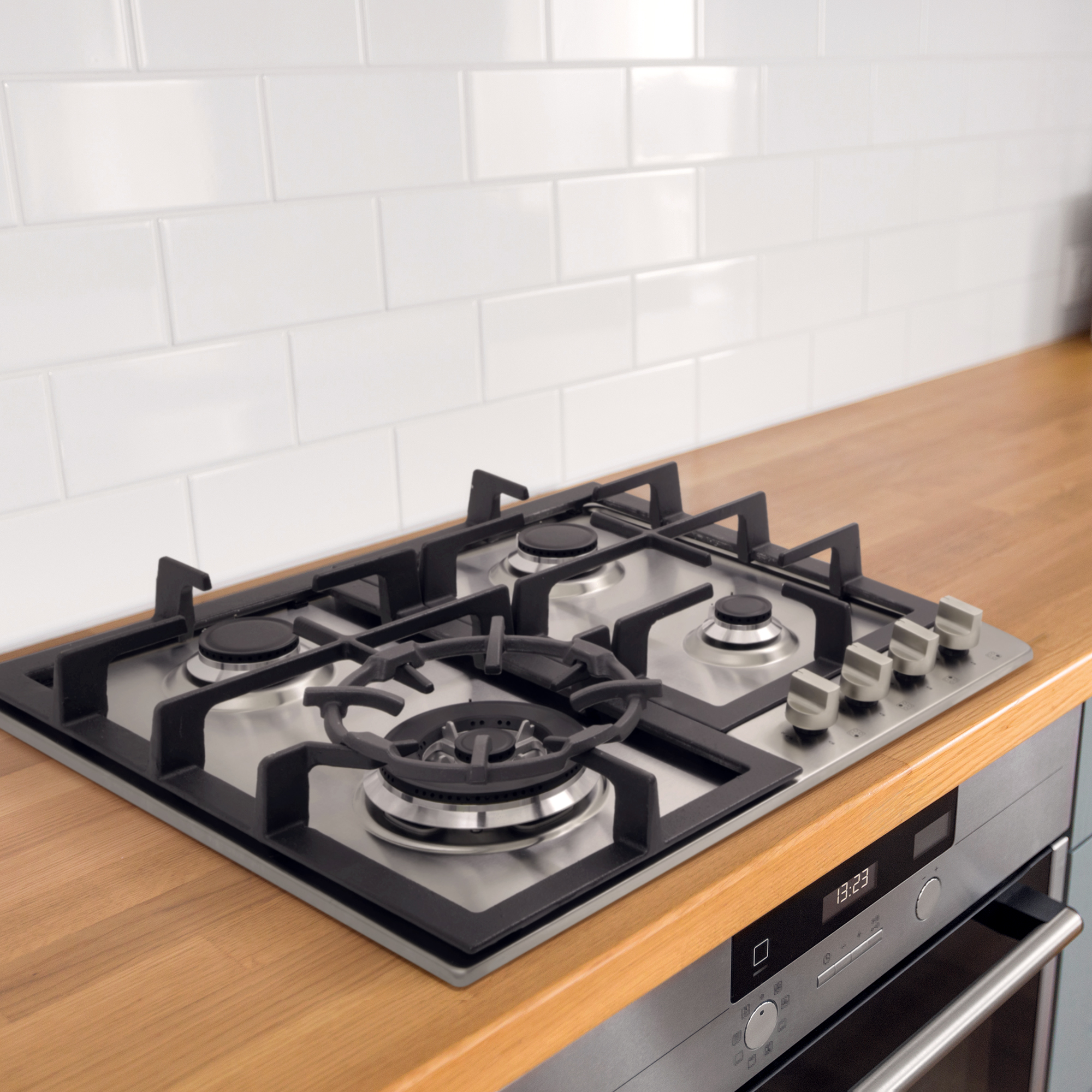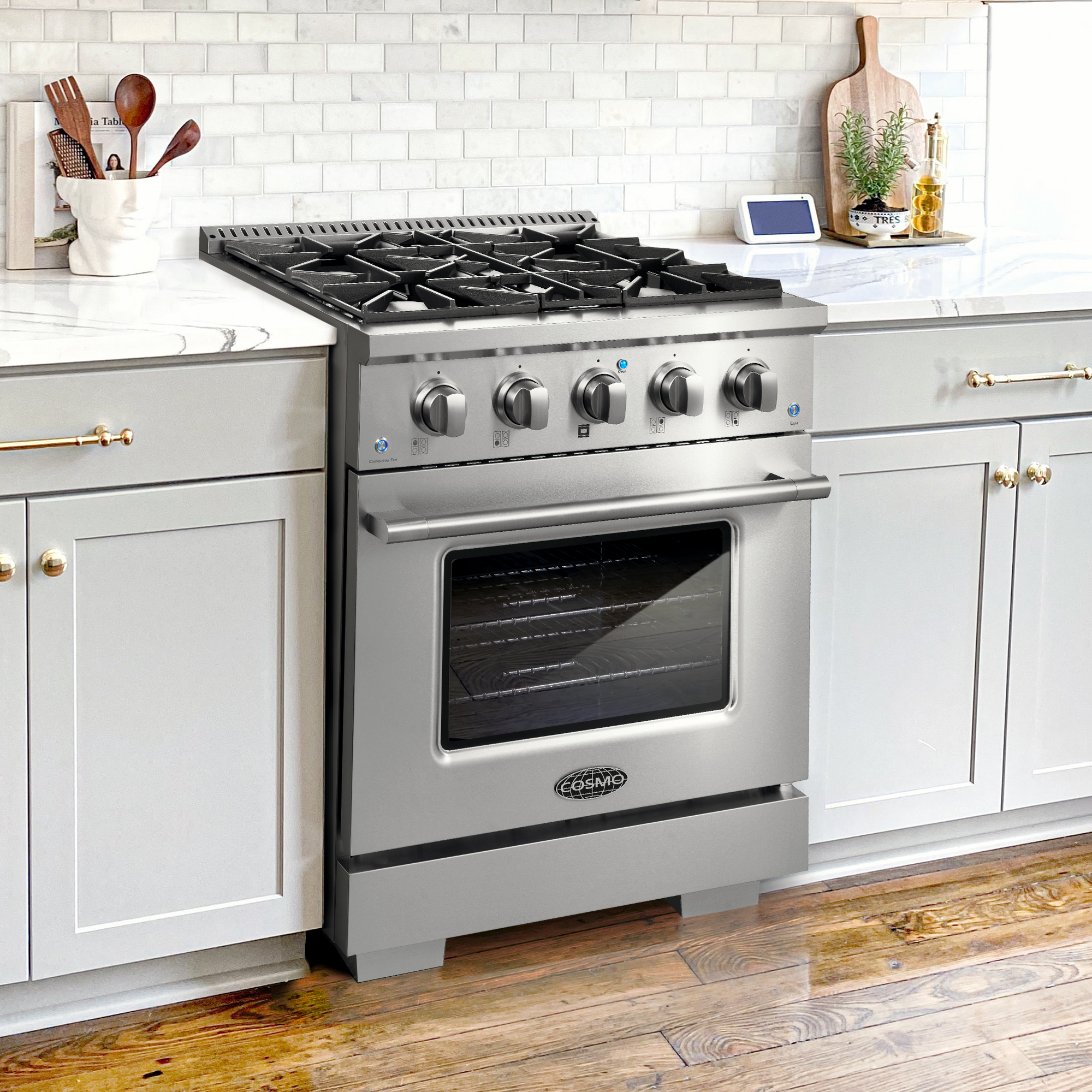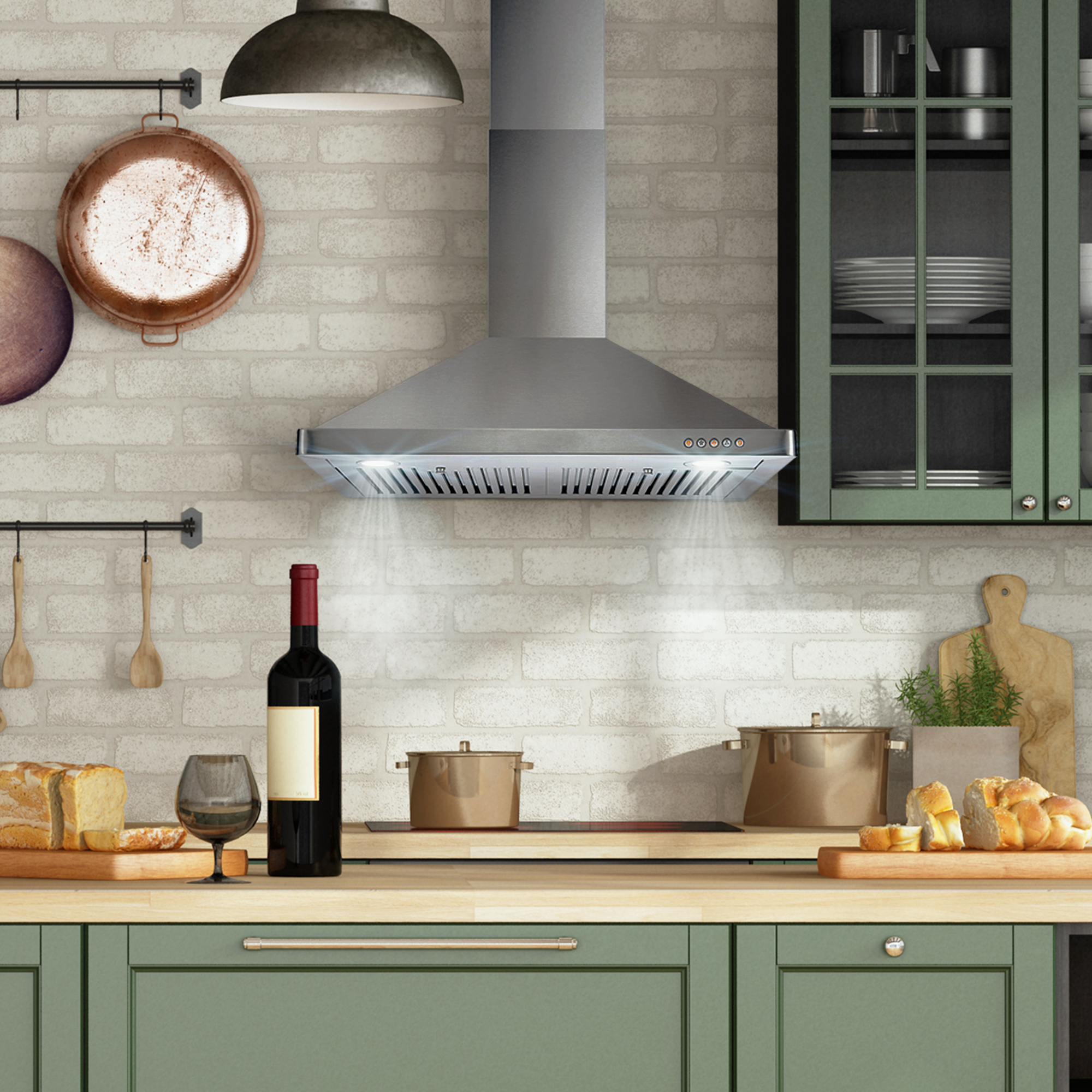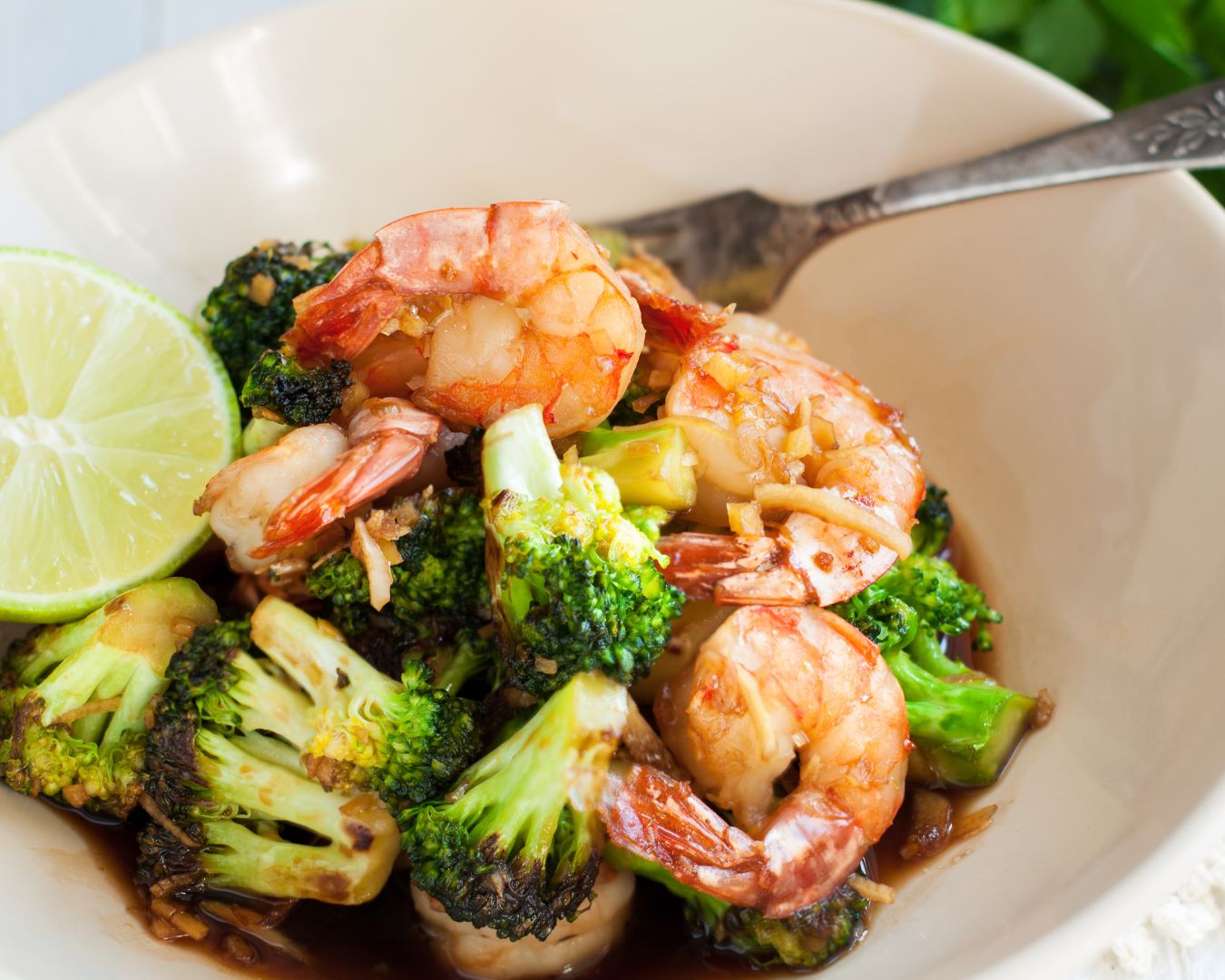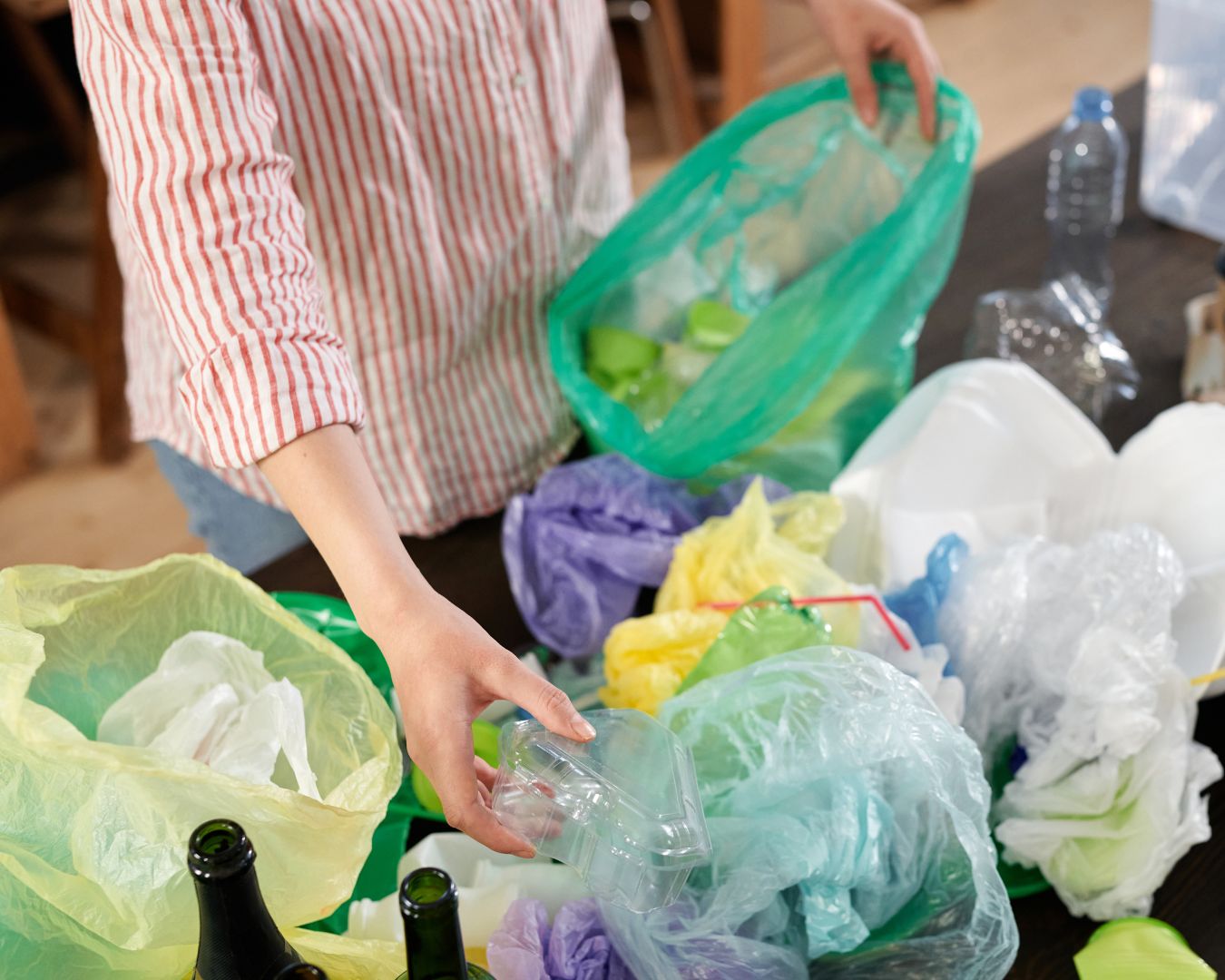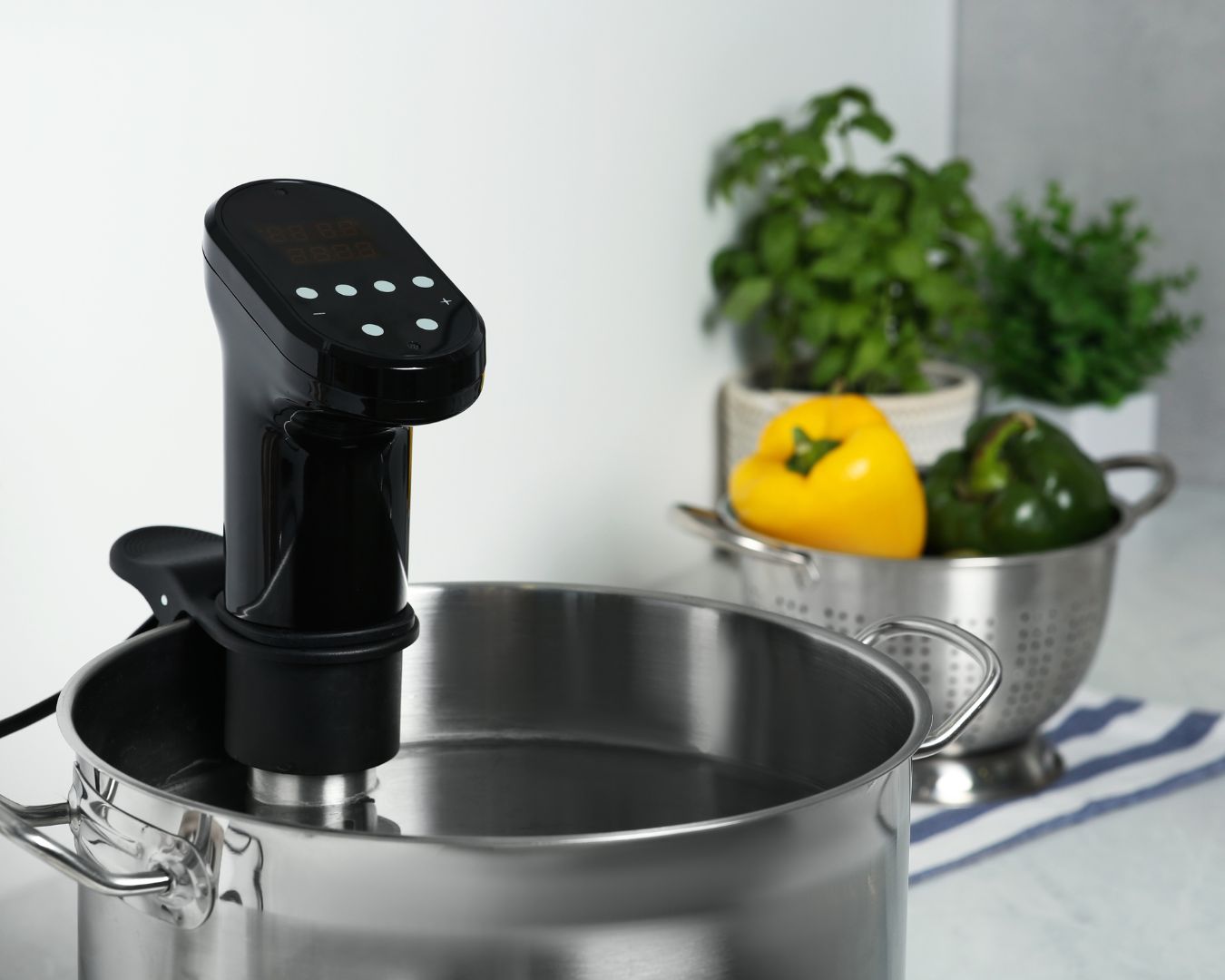In today’s fast-paced world, the convenience of takeout and pre-packaged meals can be tempting. However, there’s a compelling case to be made for the health benefits of homemade meals and cooking from scratch, especially when done as a family. Preparing and enjoying meals together not only nurtures better eating habits but also strengthens family bonds. Here’s why you should consider incorporating more homemade meals into your routine and how it can positively impact your health and well-being. Nutritional Advantages of Homemade Meals 1. Control Over Ingredients When you cook from scratch, you have complete control over what goes into your meals. This means you can choose high-quality, fresh ingredients and avoid unhealthy additives, preservatives, and excessive amounts of sugar, salt, and unhealthy fats often found in processed foods. 2. Balanced Nutrition Homemade meals allow you to create well-balanced dishes that include a variety of food groups. You can ensure that each meal contains the right proportions of vegetables, lean proteins, whole grains, and healthy fats, promoting overall nutritional balance. 3. Portion Control Cooking at home enables better portion control, helping to avoid overeating. Restaurant portions are often larger than necessary, leading to excessive calorie intake. At home, you can serve appropriate portion sizes that align with your dietary needs and goals. 4. Fresh and Seasonal Ingredients Using fresh, seasonal ingredients enhances the flavor and nutritional value of your meals. Seasonal produce is often more nutrient-dense and environmentally friendly, as it requires less transportation and storage time. Emotional and Social Benefits of Cooking as a Family 1. Strengthening Family Bonds Cooking together provides a valuable opportunity for family members to connect and spend quality time together. It fosters teamwork, communication, and cooperation, strengthening familial bonds and creating lasting memories. 2. Teaching Life Skills Involving children in cooking from a young age teaches them essential life skills, such as meal planning, grocery shopping, and food preparation. These skills are valuable for their future independence and encourage healthier eating habits. 3. Enhancing Mental Well-being Cooking can be a therapeutic activity that reduces stress and promotes mindfulness. Engaging in the process of preparing a meal from scratch can be a creative and relaxing way to unwind and enjoy the present moment. 4. Encouraging Healthy Eating Habits When children participate in meal preparation, they are more likely to develop a positive relationship with food and be open to trying new, healthy dishes. This involvement can lead to better eating habits that last a lifetime. Practical Tips for Cooking Homemade Meals as a Family 1. Plan Meals Together Involve the whole family in meal planning. Discuss and decide on recipes together, considering everyone’s preferences and dietary needs. This collaborative approach ensures that everyone feels included and excited about the meals. 2. Assign Age-Appropriate Tasks Assign cooking tasks based on each family member’s age and skill level. Younger children can wash vegetables, stir ingredients, or set the table, while older children and adults can handle more complex tasks like chopping, cooking, and seasoning. 3. Make It Fun Turn cooking into a fun and enjoyable activity. Play music, try new recipes, and celebrate culinary successes together. Create a positive atmosphere that makes everyone look forward to cooking and eating together. 4. Emphasize the Importance of Clean-Up Teach the importance of kitchen hygiene and cleaning up after cooking. Working together to tidy up the kitchen instills a sense of responsibility and keeps the cooking space organized and inviting. Cooking homemade meals from scratch as a family offers numerous health benefits beyond just nutritional advantages. It provides a platform for strengthening family bonds, teaching valuable life skills, and promoting mental well-being. By making homemade meals a regular part of your routine, you can enjoy healthier eating habits, better portion control, and a deeper connection with your loved ones. Embrace the joys of cooking together and discover the positive impact it can have on your family’s health and happiness. Whether it’s a simple weeknight dinner or a special weekend feast, the benefits of cooking from scratch and sharing homemade meals are truly priceless.

